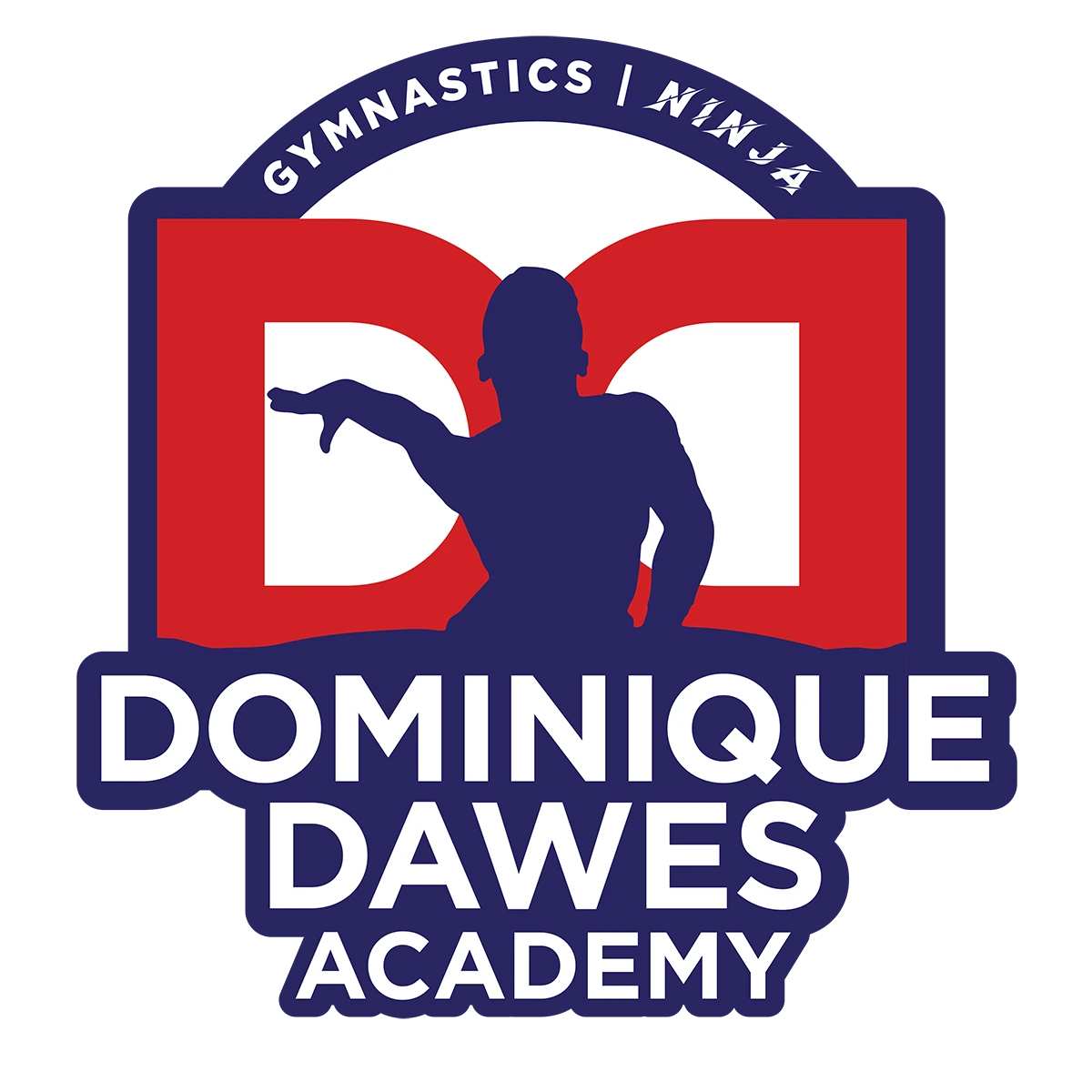There’s nothing quite like that spark of pride when your child overcomes a challenge. Their first steps, their first trip across the monkey bars — even their joy after a simple somersault.
As parents and parent advocates, we want to nurture the confidence this builds and the resilience it can inspire. It’s why we’re so passionate about teaching parents the advantages of ninja skills for even young children. It’s not about gaining just physical agility but also the self-belief that will serve them for years to come.
Ninja Mindset
Ninjas primarily evoke stealth and agility for some, but for us we believe the true ninja essence is found in mental fortitude. Young children cultivate a powerful mindset when they engage in ninja-inspired activities like those we offer. Learning to persevere, embrace challenges and celebrate small victories are key to building this mental foundation.
A child facing a low balance beam might feel apprehensive at first, but through encouragement and practice, they can learn to navigate it effortlessly. Each of us must learn through experience that all challenges can be overcome with effort and strategy. The young ninja can approach puzzles and even social hurdles with resilience and the knowledge they can succeed.
Setting and Achieving Goals
The first step in any great undertaking is setting goals that are achievable. Through practice and physical mastery, we learn how important it is to break larger tasks down into more manageable steps. It fosters the encouraging sense of ongoing accomplishment and helps young people emotionally and mentally connect effort with payoff when it comes to hard work. When a child achieves something they thought was impossible, it can’t help but add to their motivation moving forward.
Downstream Effects of Ninja Skills
Benefits of ninja training extend far beyond the gym, as every skill leads to more room for discovery.
1) Coordination & Spatial Awareness
Rolling, jumping, and climbing enhance coordination and spatial awareness. Those are crucial skills for navigating life, from the playground to team sports. Coming to understand how our bodies move and exist in space increases our safety during movement and play. Likewise, coordination training strongly helps develop the fine motor skills we use in everything from handwriting to creating art.
2) Problem-Solving and Critical Thinking
Ninja courses require us to think creatively and flexibly, adapting to changing conditions. Ninjas analyze obstacles, plan movements and adjust strategies on the fly. When we develop and hone our ability to find innovative solutions, we can use those skills in every circumstance.
3) Social Emotional Development
Ninja classes mean interacting with peers, taking turns, and supporting one another. Children can develop their empathy and celebrate others when they succeed. A supportive environment helps the young ninja learn to collaborate and develop strong friendships. These are interactions crucial to emotional intelligence and developing the inner foundation of support we all require.

Practical Tips for Ninja Skills at Home
You can create mini-ninja courses with pillows, blankets and furniture. Crawl under tables, jump over obstacles, string yarn across a hallway to create a laser beam — these all help your child with coordination, problem-solving and creativity. Children love showing off their skills with a timed activity, too. Give them five minutes to solve a mini-course, then four, and so on.
Balance and Coordination Games
Challenge kids’ balance with walking on a line of tape or balancing on one foot. Hopping, skipping and jumping will also help improve coordination. Focused play is something all kids love, and combining the mental resilience with the physical challenge is the perfect way to keep them engaged.
Rolling and Tumbling Fun
Supervised, basic rolls and somersaults, on a soft and safe surface, can gradually become more challenging. This develops spatial awareness and body control — you can even think about taking this practice outside, to a relatively soft lawn or neighborhood park, in spring and summer.
Developmental Benefits
Ninja skills aren’t just about fun activities, though: we’re talking about fundamental movement skills and supporting their overall development. Let’s look at how these skills contribute to their growth.
Vestibular Function | Tumbling, Rolling
The vestibular system is located in our inner ears — it’s a set of structures and vessels that’s responsible for our sense of balance, spatial awareness and coordination.
Rolling and tumbling offer this system a variety of constantly changing sensations — gravity, movement, speed, direction — that helps refine and strengthen it.
The sense of where our body is in relation to its surroundings lays down a safer foundation for every other kind of physical activity. A well-developed vestibular system is crucial for equilibrium, navigating our environment and even coordinating eye movements. Improve balance and coordination, and we can move on to more complex challenges!
Gross Motor & Muscle Strength | Climbing
Climbing engages the large muscle groups in our arms, legs and through our core. This develops muscle strength, obviously, but also the gross motor skills and overall fitness.
Climbing means we must plan our movements, solve any problems as soon as they arise, and adapt to lots of different terrain and surfaces — all of which help develop cognitive skills, too.
Proprioception | The Inner Sense
If you can touch your nose with your eyes closed, or walk across a room without staring at your feet, congratulations! You’re using your sense of proprioception. It’s our “sixth” or “kinesthetic” sense, specifically our ability to sense and understand our own body’s position and movement in time and space. Kids with well-developed proprioception have stronger body control, posture and confidence — not to mention greater safety from injury overall.
When our ninjas study balance, coordination and body awareness, they’re contributing to proprioception. Balancing on a beam or navigating obstacles, even going through the controlled movements of a routine — our brains are constantly receiving the varied sensations necessary to continue developing our proprioception.
Interconnected Development
But here’s the neat part: All these developmental areas are interconnected and overlapping. Vestibular development enhances proprioception, which leads to better coordination and strength, and so on. What keeps us so excited about ninja training is the holistic way it addresses these multiple overlapping areas simultaneously. When we play, we’re developing physical skills as well as getting cognitive, social and emotional growth.
The Transformative Power of Movement | Only at DDGNA
As advocates for parents and children, we get to be up-close witnesses to the transformative power of movement every day. We believe the physical and mental benefits of ninja training are a great way to help our kids start off right: fostering confidence, resilience and problem-solving abilities means equipping them with the tools they need to thrive. The goal isn’t elite athletes — our mission is instilling a lifelong love of movement and helping your child build the foundation for real life successes.
You want the best for your child — for a structured, supportive environment to develop your child’s athletic skills and build confidence, check out Dominique Dawes Gymnastics and Ninja Academy. Our Ninja Program offer expert coaching in hand with a child- and age-centered focus on engagement and fun. Let Dominique Dawes Gymnastics and Ninja Academy help your child unlock a lifelong love of movement as we learn, practice and have fun. Reach out to learn more and enroll today!

